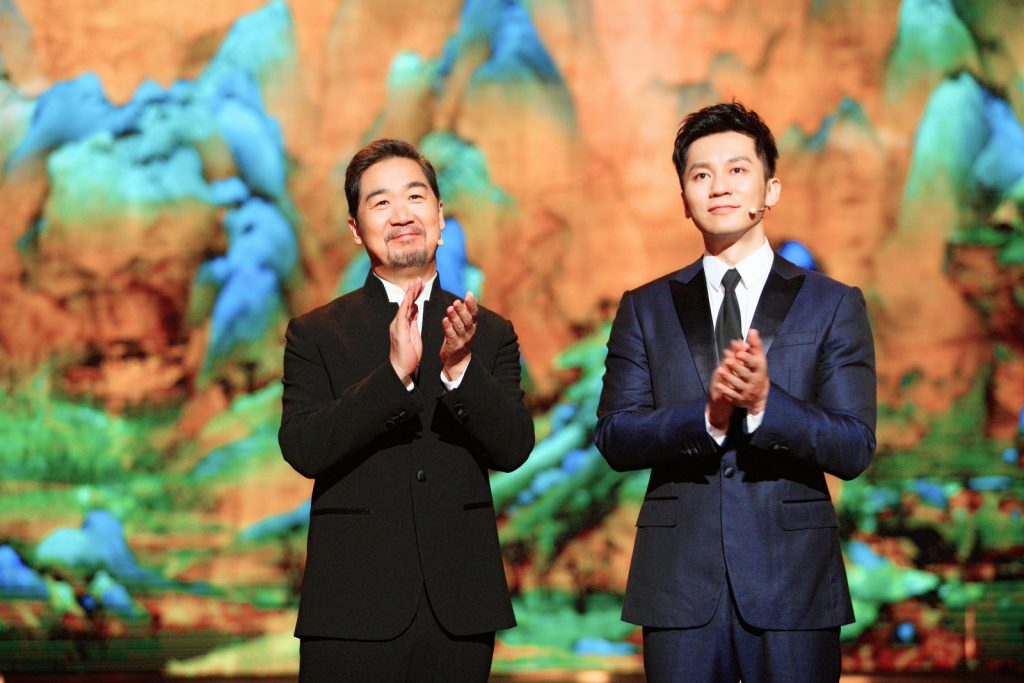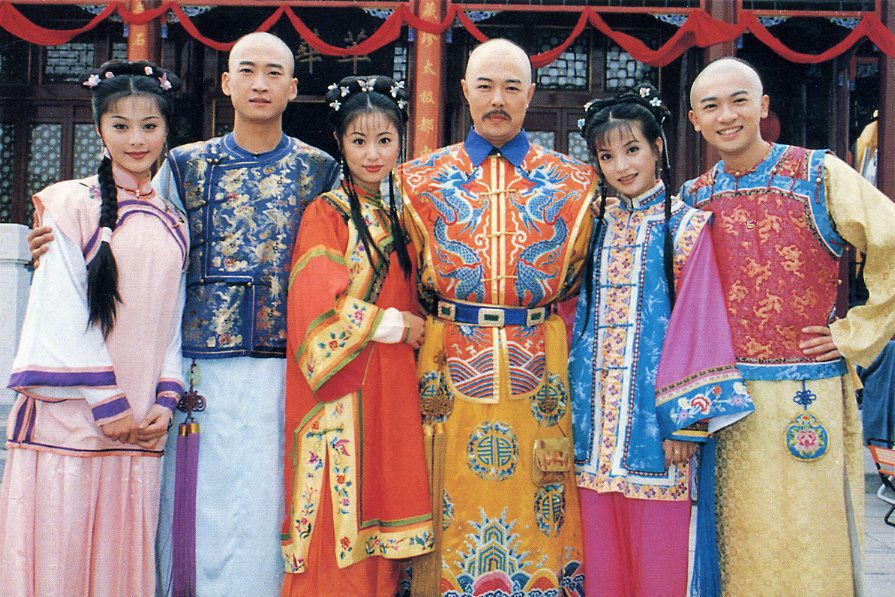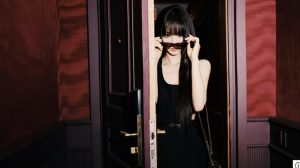Since last December, CCTV, China’s state-run television network, has aired a number of television series involving the country’s museums. “National Treasure,” for example, intersperses features on Chinese historical artifacts with celebrity re-enactments of the period when they were excavated. “If National Treasures Could Talk” is an out-and-out documentary about the country’s most fabled artifacts. And “Win at the Museum” is a history quiz show aimed at children.
None of these shows carry particularly high ratings — “National Treasure,” for instance, corners a mere 3 percent of the market when it airs — but they are hitting the airwaves with greater frequency. They’ve also inspired discussion on online platforms such as microblogging site Weibo and Quora-like site Zhihu, not to mention in so-called bullet screens — a form of in-video comment found on China’s various streaming platforms.
The surge in Chinese antiques series demonstrates the growing extent to which the country’s museums are providing fodder for media outlets. Yet the role of museums is merely to collect artifacts they deem valuable, study them, and offer up the information they glean from their collections to members of the public. TV shows that take place in museums may give the impression that the institutions themselves have a say in the program’s production. In reality, they are merely sources of information and have no control over the content of the shows in which they’re involved. In addition, some history shows contravene the ethics that museums should uphold: professionalism and historical accuracy.
For example, “National Treasure” courted controversy in December last year for its explanation of the events surrounding the discovery of the Jiahu Bone Flute, a musical instrument unearthed at a Neolithic site in what is now central China’s Henan province. On the program, a music scholar named Xiao Xinghua seemed to claim that he was the first to appreciate the flute’s history when he saw it in an unnamed museum exhibition. Yet his account contradicted the claims of four archaeologists, who said they excavated the flute and later brought it to Beijing for Xiao to examine. Netizens later dug up the archaeologists’ account from an old magazine as proof of Xiao’s somewhat flexible attitude toward the truth. But incidents like this also damage the public image of museums and the historians who ostensibly represent them. Continue to read the full article here.
This is original content by Sixth Tone and has been republished with permission.








